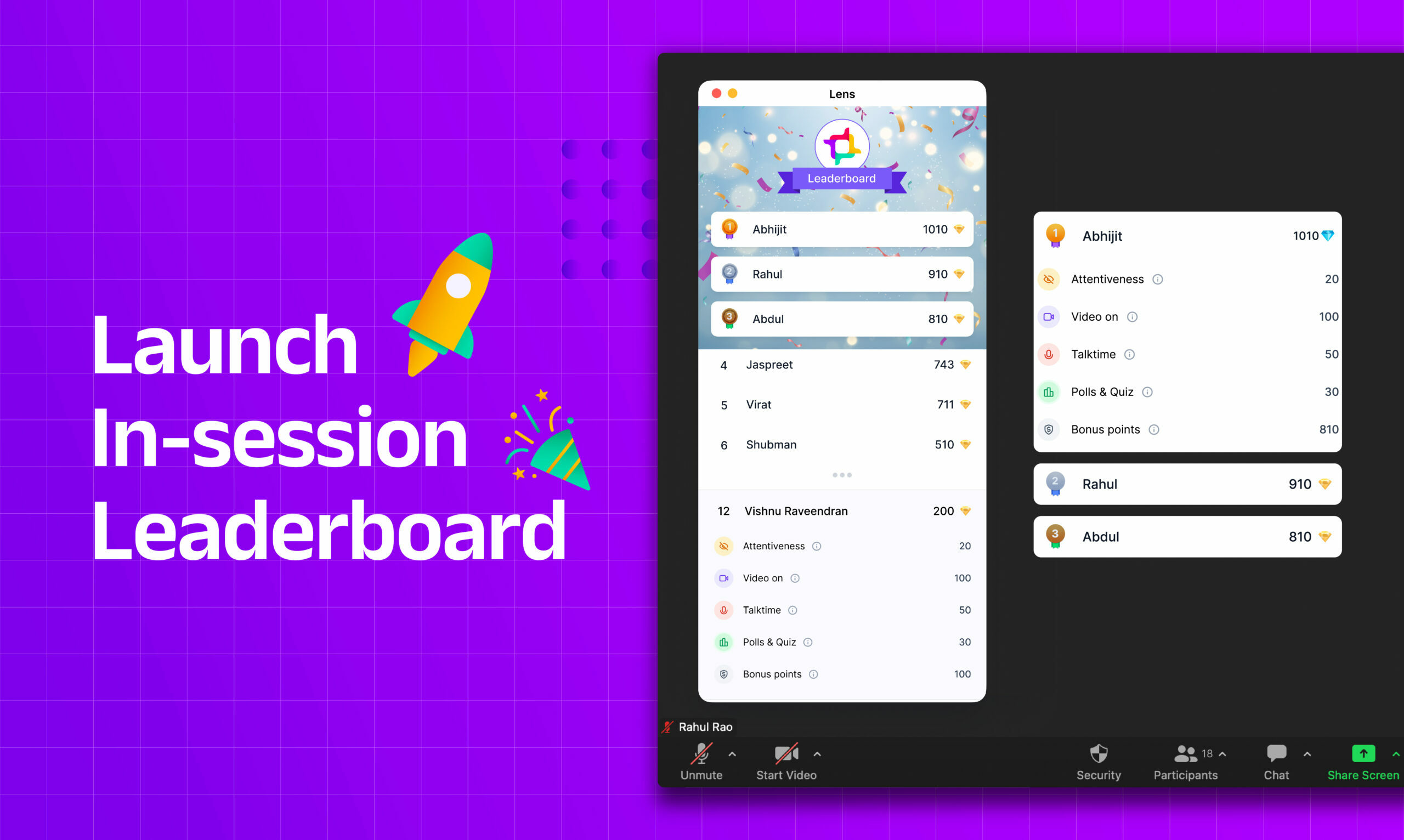Student engagement in distance learning is a critical factor in student success. When students are engaged, they are more likely to be motivated to learn, persist in their studies, and achieve their academic goals. There are many things that instructors can do to boost student engagement in distance learning, including using interactive tools and activities, providing opportunities for collaboration, making learning relevant to students’ lives, using technology to their advantage, and getting to know their students.
This article will discuss six ways to boost student engagement in distance learning. We will provide examples of how each strategy can be implemented and offer tips for instructors looking to improve student engagement in their online courses.
This article will be helpful to instructors who are looking to create a more engaging and practical distance-learning experience for their students.
1. Use Interactive Tools and Activities

One of the best ways to keep students engaged is to use interactive tools and activities. This could include anything from polls and quizzes to breakout rooms and group discussions. Interactive tools help students stay involved in the lesson and make learning more fun.
Here are some examples of interactive tools and activities that you can use in your distance learning courses:
Polls and quizzes: Polls and quizzes are a great way to get students’ feedback and check their understanding of the material. You can use polls to ask students questions about the lesson and quizzes to assess their knowledge of the material. Take Lens, for example, which allows you to create polls & quizzes on-the-go during the meetings.
Breakout rooms: Breakout rooms are a great way to divide students into smaller groups for discussion and collaboration. You can use breakout rooms to have students work on a group project, or you can use them to have students discuss a particular topic.
Online discussion boards: Online discussion boards are an excellent way for students to interact with each other and the instructor. You can use online discussion boards to have students discuss the lesson, ask questions, or share their thoughts and ideas.
Interactive websites: Interactive websites are an excellent way for students to learn about a particular topic. You can use interactive websites to have students play games, watch videos, or take quizzes.
When choosing interactive tools and activities for your distance learning courses, it is vital to consider the following factors:
- The age and level of your students
- The subject matter of your course
- The technology that your students have access to
- The amount of time that you have available
Considering these factors, you can choose interactive tools and activities that will be engaging and effective for your students.
2. Provide opportunities for collaboration

One of the best ways to increase student engagement in distance learning is to provide opportunities for collaboration. Students who work together are more likely to stay motivated and engaged in the material. They can also learn from each other and build relationships with their peers.
There are many ways to provide opportunities for collaboration in distance learning. One way is to create online discussion forums where students can ask questions, share ideas, and provide feedback to each other. Another way is to assign group projects that require students to work together to complete a task or solve a problem.
When creating opportunities for collaboration, it is vital to ensure that students have the tools and resources to succeed. This may include providing them access to online collaboration tools like Google Docs or Microsoft Teams. Providing students with clear instructions and expectations for collaboration is also essential.
Here are some additional tips for providing opportunities for collaboration in distance learning:
- Make sure that the collaboration is meaningful and relevant to the learning objectives. Students are more likely to collaborate if they see it as a valuable part of their learning.
- Provide clear instructions and expectations for the collaboration. Students must know what is expected of them and how their work will be assessed.
- Allow students to choose their collaborators. This will help ensure that students work with people they are comfortable with and who share their interests.
3. Make learning relevant to students’ lives

One of the best ways to increase student engagement is to make learning relevant to their lives. This means connecting the material taught to students’ interests, experiences, and goals.
There are many ways to make learning relevant to students’ lives. One way is to use real-world examples to illustrate the concepts being taught. For example, if you are teaching a math class, you could use examples of how math is used in everyday life, such as budgeting money or calculating taxes.
Another way to make learning relevant is to give students opportunities to apply their learning to their lives. For example, if you teach a science class, you could allow students to conduct experiments or design and build projects.
Finally, you can make learning relevant by connecting it to students’ interests. If you know a student is interested in animals, you could find ways to incorporate that interest into your lessons. For example, you could read a book about animals, watch a documentary about animals, or take a field trip to a zoo or animal shelter.
In conclusion, there are many things that teachers can do to increase student engagement in distance learning. By providing opportunities for collaboration, making learning relevant to student’s lives, and using technology effectively, teachers can create a more engaging and effective learning environment for their students.
It is important to remember that every student is different, and what engages one student may not engage another. It is essential to be flexible and to try different things to find what works best for your students.
It is also essential to be patient. It takes time for students to adjust to distance learning and to develop good study habits. Be patient and try to find ways to engage your students and help them learn.




